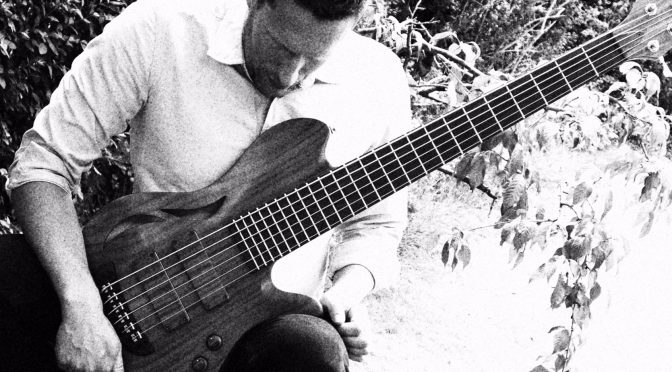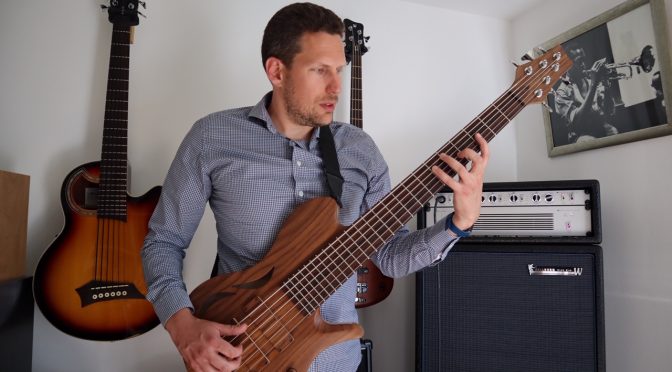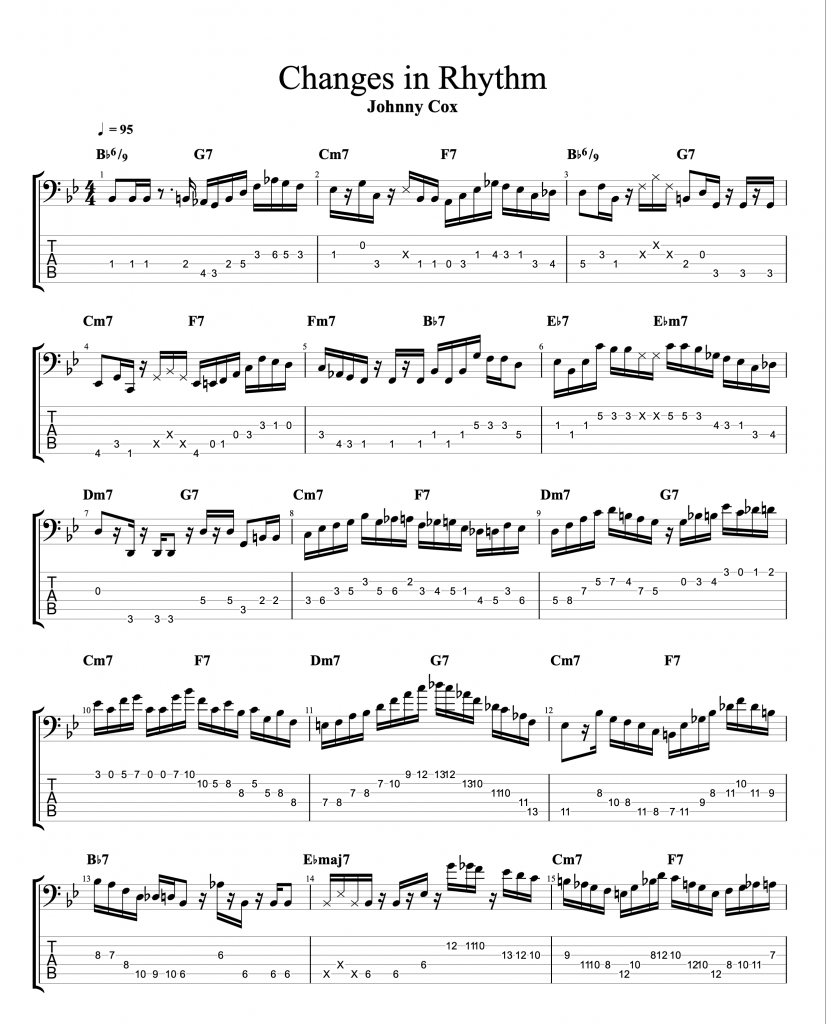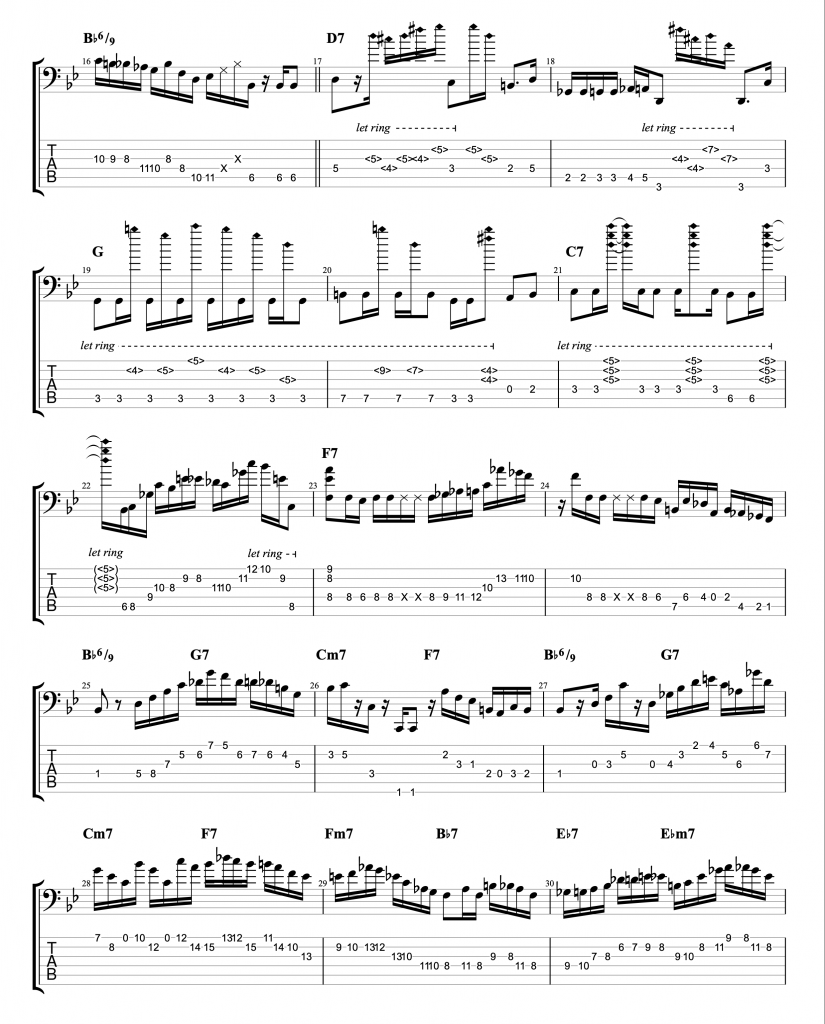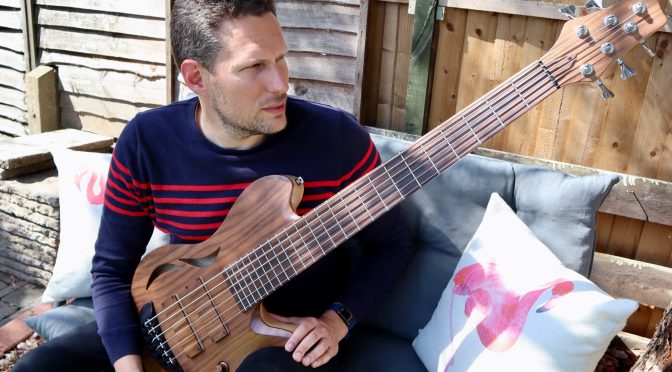6-String Bass Duet – Fretless & Fretted – Warwick & Overwater – Bass Practice Diary – 20 April 2021
It seems that I’m in a contemplative mood after more than a year of lockdowns. There have been virtually no opportunities to play with other musicians. So, I’ve been recording on my own a lot. Recently, I’ve been trying to arrange material for these two basses, probably my favourite two basses. A fretted Overwater Hollowbody 6-string and a fretless Warwick Thumb SC 6-string bass. This arrangement came out of some Keith Jarrett improvisations that I was transcribing.
The Chord Progression
I’ve always felt that Keith Jarrett is a wonderful improviser. He regularly improvises entire solo piano concerts and he seems to effortlessly incorporate both jazz and classical influences. What I’ve played here is not exactly a transcription, but my own arrangement based on some of the harmonic ideas that I transcribed.
Here are diagrams for the chords I’m using. The diagrams are all written for 6-string bass in standard tuning. Don’t take the chord names too seriously. I considered not including any names above the chords, but I thought they might be helpful for locating the correct positions on the neck.
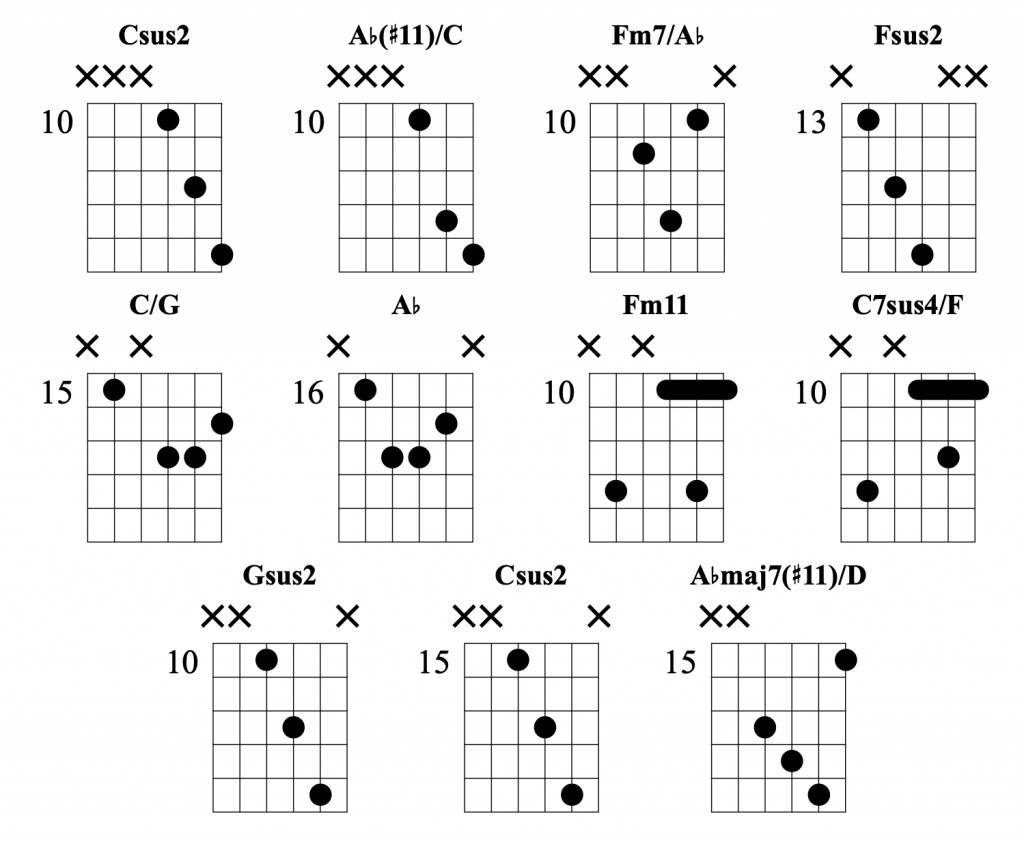
It’s hard to find accurate names for some chord shapes. For example, look at the last chord. It includes two D’s, an Ab and an Eb. It’s like an Ab Lydian triad (root, #4th & 5th) in the first inversion. So, I’ve called it Abmaj7(#11)/D. However, it doesn’t have a major third, C. The major 7th G is not in the chord either, but it is played by the fretless bass as a melody note. So, the chord symbol isn’t very helpful.
So, some of the chord symbols are helpful and others aren’t, don’t take them too seriously. I’m fairly certain that Keith Jarrett doesn’t think about chord symbols when he plays and I certainly didn’t think about chord symbols when I played this. I didn’t put the names on the chords until after I shot this.
In the performance, I played the chord sequence through twice in its entirety. Also, I used the first two chords played repeatedly as both an intro and an outro.


